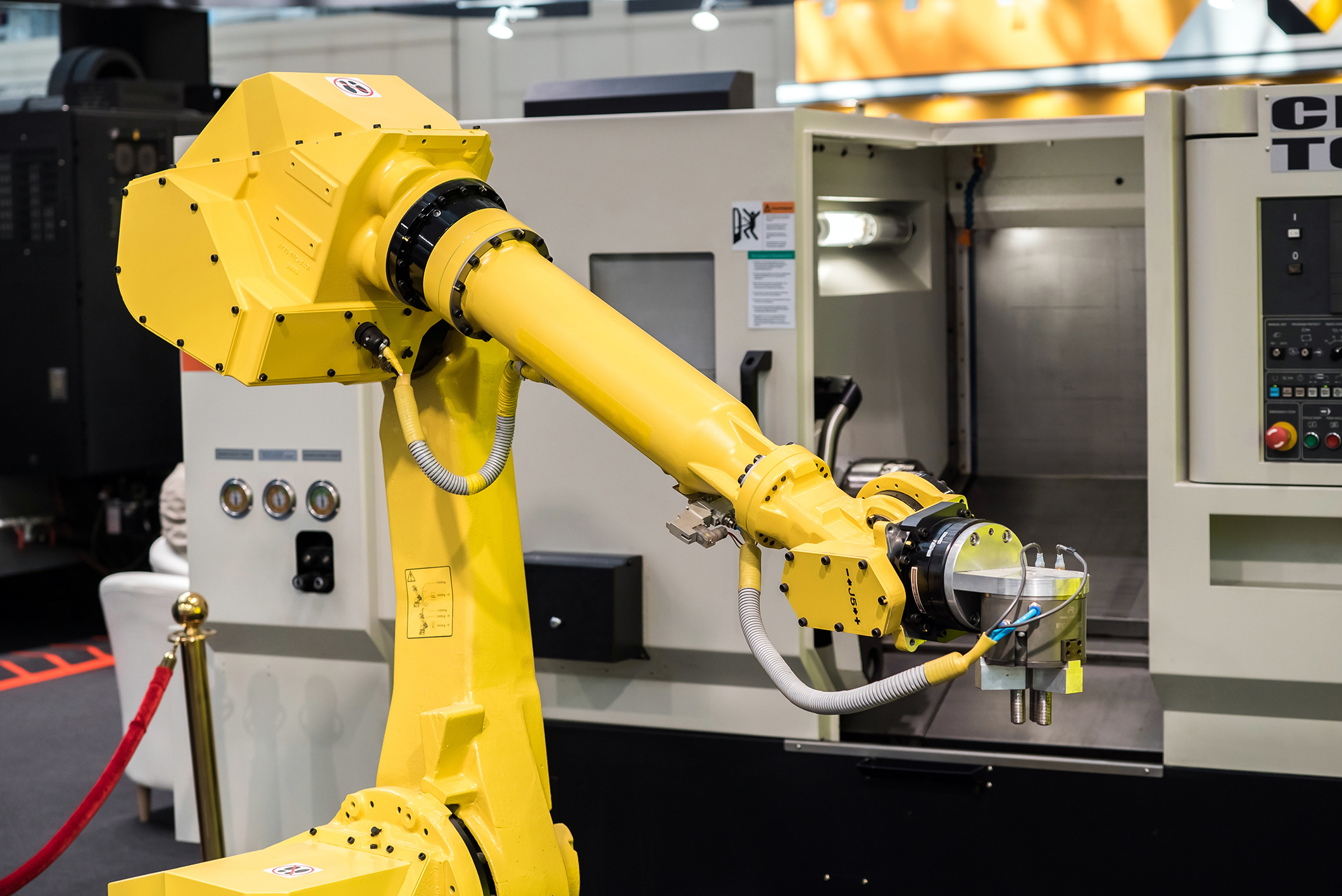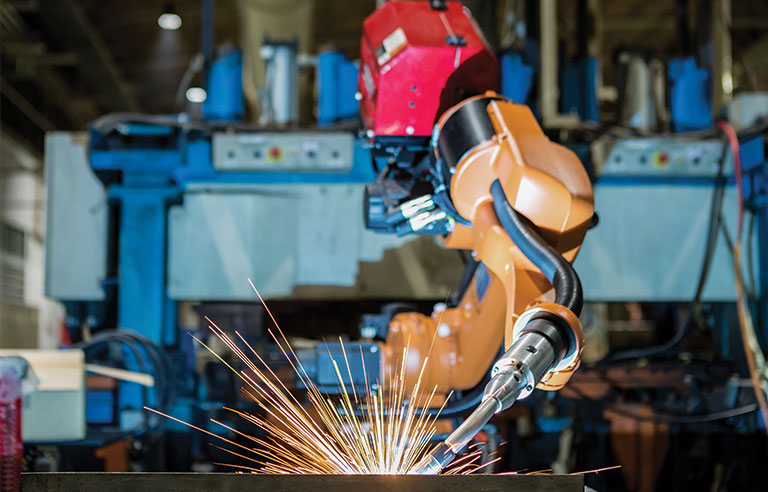
Have you ever stopped to consider how robots are used in everyday life? From manufacturing and production lines to healthcare, robotics has become an essential industry worldwide. But what is the most common industry that utilizes these machines? In this article, we will explore how robots have been incorporated into different industries and find out which ones are leading the way in robotic use. Read on for more information about robotics and the most common industries in which robots are used.
Table of Contents
Manufacturing
Manufacturing is one of the oldest and most essential industries in society. Yet, it is also at the cutting edge of technology, with robots being one of the biggest game-changers. Robots are now every day in modern manufacturing environments and are used for various tasks, from welding to painting to packaging. Manufacturers benefit from their high accuracy and speed and their potential to increase efficiency and reduce operating costs.
However, manufacturers must ensure that robots are adequately programmed, managed responsibly, and safely integrated into existing workflow processes so that employees can perform their jobs effectively alongside their robotic counterparts. Additionally, collaborative robots (cobots) have been developed to work as collaborative partners alongside human workers. Cobots can be programmed to safely and accurately move parts, assemble products, or even perform intricate tasks with precision.
Automotive Industry
The automotive industry is another primary user of robots. Automation has revolutionized the production and assembly of cars, with robots now responsible for many jobs, such as welding, painting, and quality control. Robotic arms lift heavy parts and place them precisely in the right location, while vision sensors can help identify defective parts. Automotive robots can also inspect vehicles for safety and quality control before they are released onto the market.
The automotive industry also uses robots for more advanced tasks, such as autonomous driving. Autonomous vehicles are equipped with sensors, cameras, and AI algorithms to detect their surroundings and safely navigate the roads without human assistance. This technology is still in its early stages but has vast potential to revolutionize how we travel in the future.
Healthcare
Robots have also been making an impact in the healthcare industry. Hospitals use Artificial Intelligence (AI) and machine learning to streamline processes, reduce errors and improve patient outcomes. Robotic surgery is another crucial area for robotic use, with robots able to perform complex surgeries more accurately than their human counterparts. Additionally, robots can assist in diagnosing and treating various illnesses by providing access to medical information quickly and accurately.
Robots are also used in physical therapy, rehabilitation, and nursing care. For example, robotic exoskeletons can help people with mobility issues regain movement, while robots can help assist during daily activities such as bathing or dressing.
Natural Resources
Robotics is also used in the natural resource industry to help extract resources safely and efficiently. Robotic systems can survey mineral deposits and underground map caves, detect gas pockets, and explore hazardous environments too dangerous for humans. Robotics can even be used to repair damaged machinery or pipelines without human intervention autonomously.

Additionally, natural resources companies are now turning to robots to help protect the environment. Autonomous drones and robots can detect illegal logging, monitor air and water pollution, or survey wildlife habitats in difficult-to-reach areas.
Education
Robots can also be used to enrich and enhance the learning experience in educational institutions. Robots can help keep students engaged in the classroom by providing interactive activities and simulations. Additionally, robots support teachers with tasks such as grading assignments or providing personalized instruction for each student.
Robotics is also making its way into virtual classrooms. AI-powered virtual tutors can provide personalized instruction for students, allowing them to learn at their own pace and develop skills more quickly than traditional teaching methods.
Retailing
Robotics is also used in the retail industry to help improve customer experience. Robotic assistants can provide automated customer service, such as answering questions or providing product recommendations. Automated checkout systems are becoming more common and can help reduce wait times and increase efficiency.
Robots are also being used for inventory management and logistics. Autonomous delivery bots can deliver items directly to customers, while inventory robots can help manage stock levels and re-order products when needed.
Food and Agriculture
Robots are also being used in the food and agriculture industry. Automated farming systems can monitor crops, apply fertilizers, collect data, and even harvest produce. These robots can help reduce costs, increase yields, and speed growing crops.
Robotic pickers are also being used in warehouses to quickly and accurately pick items from shelves. Additionally, restaurant robots can help with food preparation and cooking, allowing chefs to focus their time and energy on more creative tasks.
In Conclusion
Robotics is becoming increasingly important in a wide range of industries. Whether it’s healthcare, retail, or education, robots are helping streamline processes, reduce costs and enhance customer experiences. As technology advances, robots are becoming more advanced and able to tackle various tasks. With the right tools and support, robots can revolutionize our business.








